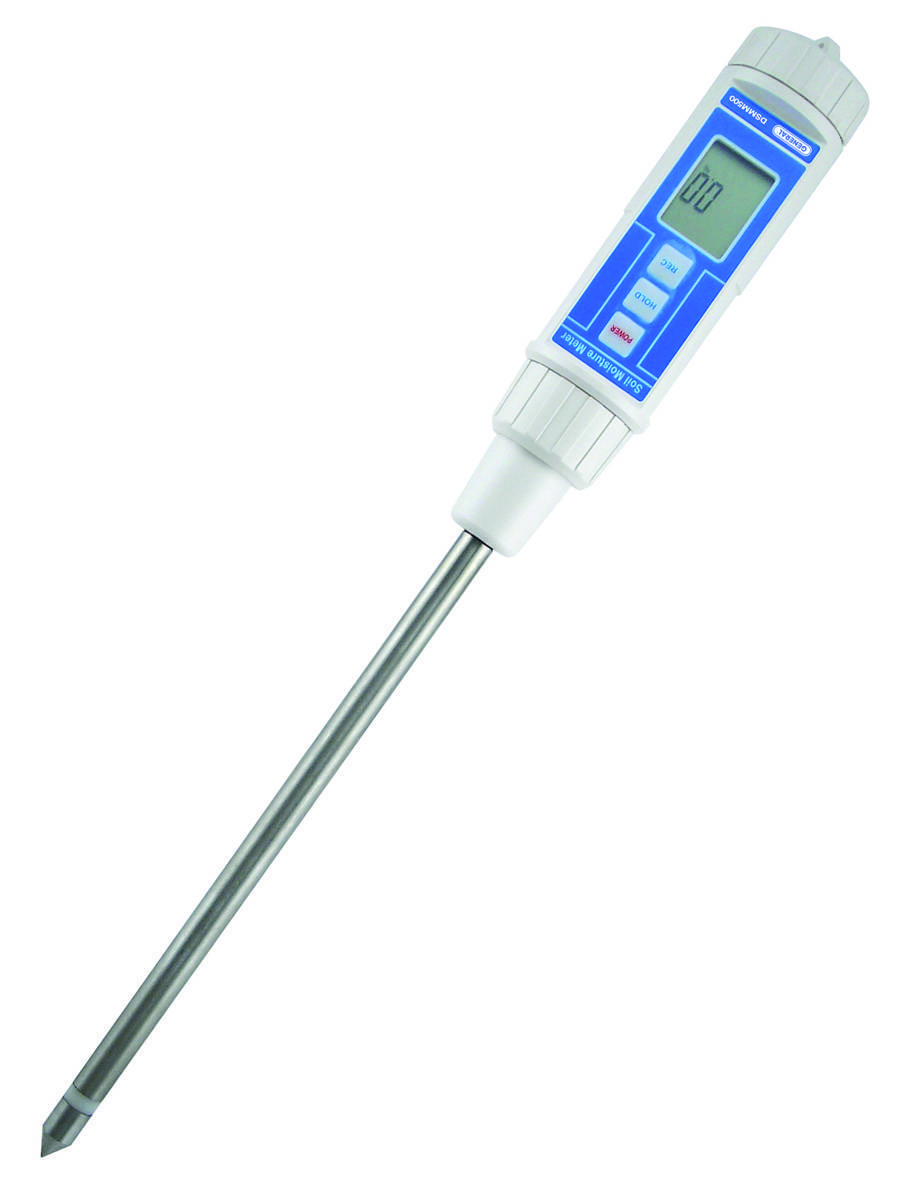Understanding the Significance of a Moisture Meter in Preventing Mold and Water Damages in Your Home
In the world of home maintenance, the presence of wetness can often be a silent yet awesome foe, capable of causing prevalent mold development and dangerous water damage if left unattended. In the middle of the tranquil setting of a house, hidden dampness problems can brew under the surface, posing a risk to both residential or commercial property and health and wellness. Nevertheless, equipped with the right tools and understanding, homeowners can proactively combat these possible risks. Comprehending the value of a moisture meter in this fight is not simply an alternative however a calculated requirement.
Significance of Moisture Discovery
Effective moisture detection approaches are crucial for protecting properties and protecting against potential mold and mildew development and water damage. Moisture can seep right into numerous building products, bring about architectural issues and carcinogen. By utilizing a moisture meter, homeowner can proactively determine locations vulnerable to excess dampness, enabling timely intervention and reduction methods.
Moisture meters give exact readings of dampness degrees in different products such as drywall, wood, and concrete. This data assists in determining areas of problem, also in covert or hard-to-reach locations. Early discovery of dampness build-up enables timely fixings or adjustments to prevent additional damage.

Just How Moisture Meters Job
Dampness meters play an essential role in the aggressive identification of excess moisture, aiding in the avoidance of possible mold and mildew development and water damage by supplying accurate analyses of moisture degrees in various building materials. These tools function based upon various principles, depending upon their kind. Moisture Meter. Pin-type dampness meters, as an example, have 2 pins that pass through the product to measure the electric resistance in between them. When moisture exists, it improves the material's conductivity, resulting in a lower resistance analysis. Pinless moisture meters, on the other hand, usage electromagnetic sensors to scan the material without triggering damages. These sensors discharge electro-magnetic signals that pass through the product and measure the dielectric residential or commercial properties, indicating moisture material. Some advanced moisture meters integrate both pin and pinless technologies for comprehensive dampness discovery. Recognizing exactly how moisture meters feature is necessary for accurate and timely moisture level analyses, enabling effective preventative actions versus mold and mildew and water damages.
Finding Early Warning Indicators
Upon preliminary evaluation of a home, recognizing subtle indicators of excess wetness comes to be critical in the early discovery of prospective mold growth and water damage. Water stains can indicate leakages or infiltration, while peeling paint or wallpaper may be an outcome of dampness jeopardizing the bond of these products to the surface. In addition, a rise in allergy symptoms or breathing issues among occupants may suggest the presence of mold and mildew due to excess moisture.
Stopping Mold Growth
Identifying very early warning signs of excess moisture within a residential property not just allows timely detection of prospective mold and mildew development and water damage however additionally offers as a proactive step browse around here in protecting against the expansion of mold. To properly protect against mold and mildew growth, it is critical to attend to any sources of moisture immediately.
In addition to addressing moisture sources, go now keeping indoor humidity levels listed below 60% can dramatically hinder mold growth. Proper air flow, ample insulation, and using air conditioning unit or fans can help regulate interior moisture levels. Monitoring moisture degrees in areas prone to dampness, such as basements and crawl spaces, utilizing a wetness meter can additionally help in early detection of elevated wetness levels and prospective mold growth. By taking positive measures to avoid excess moisture and mold development, property owners can secure their residential or commercial property and interior air top quality.
Benefits of Routine Tracking
Regular surveillance of wetness degrees in a home can play an important role in keeping a healthy interior atmosphere and protecting against potential mold and water damages. By routinely checking moisture levels, home owners can discover any kind of issues without delay and take necessary actions to stop mold and mildew growth and water damages. Among the key advantages of normal monitoring is very early discovery. By determining and addressing high wetness levels early, property owners can interfere before mold and mildew has the opportunity to spread and develop. This proactive strategy can conserve both time and cash in the long run by protecting against comprehensive mold removal and repair service prices.
Additionally, normal surveillance enables home owners to track patterns and trends in wetness levels over time. Ultimately, the consistent monitoring of wetness degrees empowers house owners to protect their property, secure their health, and preserve the stability his comment is here of their interior environment.

Final Thought

By utilizing a wetness meter, property proprietors can proactively identify areas susceptible to excess wetness, allowing for timely intervention and reduction approaches.

Keeping an eye on dampness degrees in locations vulnerable to dampness, such as cellars and crawl spaces, using a moisture meter can also assist in early discovery of elevated dampness degrees and potential mold development. (Moisture Meter)